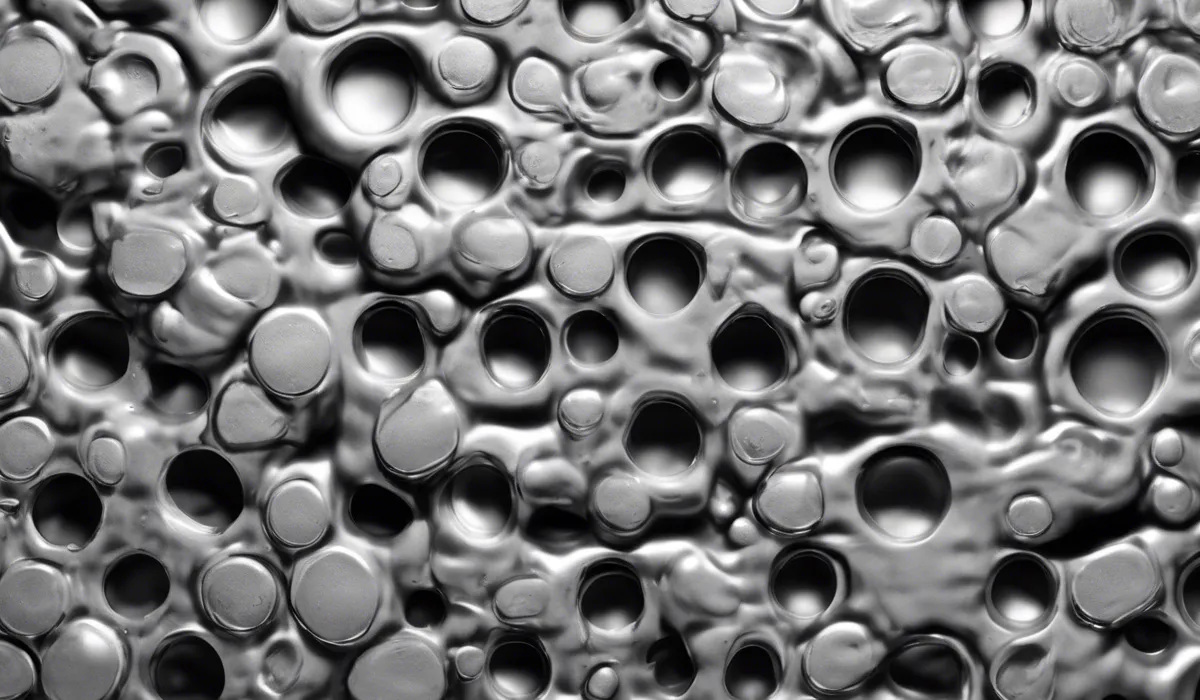Mold does not typically grow on stainless steel because it lacks organic material needed for growth. However, if dirt, food particles, or other organic substances are present on stainless steel surfaces, mold can potentially take hold. Regular cleaning is essential to prevent mold growth.
Mold Growth and Stainless Steel Properties

What Is Mold and How Does It Grow?
Mold is a type of fungus that can spread quickly in the right conditions. It reproduces through tiny spores that float through the air.
When these spores land on a damp surface, they begin to grow into the mold we can see. Mold needs moisture, warmth, and food to thrive. It usually feeds on organic materials like wood, paper, or food leftovers.
Composition and Characteristics of Stainless Steel
Stainless steel is a strong, durable material made from iron, carbon, and at least 10.5% chromium. This combination makes it resistant to rust and corrosion.
Stainless steel can come in various grades, each with specific properties for different uses. Its surface is non-porous, which means it does not let water or air pass through easily, making it less likely to harbor mold.
Common Surfaces for Mold Growth
Mold typically grows on surfaces that provide it with the necessary nutrients and moisture.
Porous materials, such as wood, drywall, and fabric, are more susceptible to mold because they can retain moisture and have organic matter that mold can feed on.
Why Stainless Steel Resists Mold?
Stainless steel resists mold growth because it is non-porous and does not provide the organic material that mold needs. The smooth, hard surface of stainless steel is unfavorable for mold spores to attach and grow.
However, stainless steel can still indirectly support mold if it collects organic debris or remains wet.
Conditions That Might Lead to Mold on Stainless Steel

Organic Material on Stainless Steel Surfaces
Even though stainless steel itself does not promote mold growth, organic materials like food particles, grease, and dust that settle on it can.
If these substances are not cleaned, they can provide the food source mold needs to grow on a stainless steel surface.
Environmental Humidity and Moisture
High levels of humidity and persistent moisture in the air can lead to condensation on stainless steel surfaces.
If the moisture is not wiped off, it can create an environment where mold spores in the air can start to grow.
Importance of Cleaning and Maintenance
Without regular cleaning, stainless steel surfaces can accumulate the organic debris and moisture that mold needs.
Proper maintenance includes not only cleaning but also inspecting for any signs of mold growth.
Settling of Mold Spores from the Air
Mold spores are always present in the air and can settle on any surface. While stainless steel does not encourage mold growth, if the surface is dirty or damp, it can become a place for these spores to multiply.
Prevention and Cleaning Tips for Mold on Stainless Steel

Establishing Regular Cleaning Routines
Creating a regular cleaning schedule is key to preventing mold on stainless steel. Wiping surfaces after use and using appropriate cleaning solutions can keep them free from the organic matter that could support mold growth.
Keeping Stainless Steel Dry and Clean
It is crucial to keep stainless steel surfaces dry. After cleaning, make sure to thoroughly dry the surface to remove any moisture that could promote mold growth. Avoiding the accumulation of organic materials is also essential.
Applying Mold-Resistant Coatings or Treatments
There are special coatings and treatments available that can provide an additional layer of protection against mold on stainless steel. These products can be applied to surfaces that are prone to moisture exposure.
Step-by-Step Guide for Mold Removal
If mold does appear on stainless steel, it is important to act quickly. Start by wearing protective gloves and a mask.
Use a soft brush and a mixture of water and mild detergent to gently scrub the mold away. Rinse with clean water and dry the surface thoroughly. For stubborn mold, a mixture of water and vinegar can be used as a more effective cleaning solution.
FAQs About Mold Growth on Stainless Steel
Can mold grow directly on stainless steel surfaces?
Mold does not typically grow directly on stainless steel because it lacks the necessary organic material for mold to thrive.
What conditions allow mold to grow on stainless steel?
Mold can grow on stainless steel if there are dirt, food particles, or other organic substances present on the surface that can support mold growth.
Is regular cleaning important for preventing mold on stainless steel?
Yes, regular cleaning is essential to prevent mold growth on stainless steel surfaces.
Can mold grow on stainless steel appliances in the kitchen?
Mold can grow on stainless steel appliances if they become contaminated with organic materials that mold can use as a food source.
How can I prevent mold from growing on my stainless steel items?
To prevent mold growth, keep stainless steel items clean and free of organic residues by wiping them down regularly with appropriate cleaners.
Final Thoughts
Mold typically does not grow on stainless steel due to the absence of organic material. However, it can develop on stainless steel surfaces if they are contaminated with organic substances like dirt or food particles.
To prevent mold growth, it is crucial to maintain regular cleaning of these surfaces.
